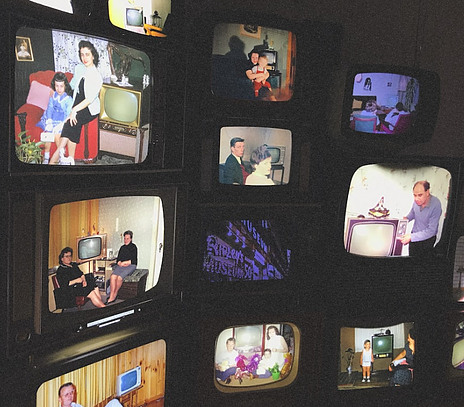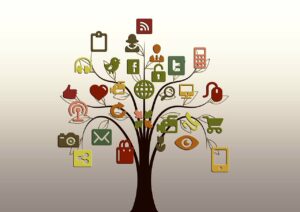
A digital detox is a period of time during which an individual refrains from using electronic devices. Such as smartphones, computers, televisions, and social media sites. This is typically seen as a chance to reduce stress, focus more on social interaction in the physical world, and lead an overall healthier lifestyle.
Digital detoxes are often undertaken as a response to feelings of anxiety, stress, and overwhelm. This can come from constant connectivity, the pressures of social media, or information overload from online news and media.
Benefits of a digital detox can include:
- Improved Mental Health: Constant exposure to digital devices and social media can contribute to increased feelings of anxiety, depression, and loneliness. A digital detox can help alleviate these feelings.
- Better Sleep: Electronic devices often emit blue light, which can interfere with melatonin production, a hormone that regulates sleep. Staying away from screens, especially before bedtime, can improve the quality of sleep.
- Increased Productivity: Constant distractions from digital devices can decrease productivity. A digital detox can help you focus more on your work and increase productivity.
- Improved Physical Health: Spending less time sitting and looking at screens can help promote physical activity and reduce health risks associated with sedentary behaviour.
- Enhanced Relationships: When you’re not constantly distracted by a screen. You have more time and attention to invest in relationships with the people around you.
- Mindfulness and Presence: A digital detox can allow you to be more present in the moment and more mindful in your day-to-day life.
- Reduced Dependency: Regular digital detoxes can help lessen the reliance and dependency on technology.
Remember, the aim of a digital detox isn’t necessarily to completely eliminate digital device use. Rather it is to create a healthier relationship with technology, where it serves you rather than controls you.

How Long Should You Do a Digital Detox
The duration of a digital detox can vary significantly based on your individual needs and circumstances. There is no one-size-fits-all recommendation. Some people may find that a day or a weekend without digital devices is sufficient to start seeing benefits, while others may choose to disconnect for a week or longer. Here are a few commonly practiced durations:
1. Daily Detox:
Some people aim to incorporate a mini detox into each day. This might mean no screens for the first hour after waking or in the hour before bed, or setting aside specific times during the day for a break from all digital devices.
2. Weekly Detox:
Some people choose to take one full day per week (often on the weekend) as a complete break from all digital devices.
3. Extended Detox:
For a more profound reset, you might consider a longer break, such as a week or even a month. This might be particularly beneficial if you’re feeling particularly burnt out or overwhelmed.
4. Regular Breaks:
Some individuals may choose to take short breaks throughout the day, like a 5-10 minute break every hour, to step away from their screens.
Remember, the goal is to create a healthier relationship with digital technology, not to cause additional stress. Start with a period that feels achievable for you, and adjust as needed. It’s also crucial to plan ahead to let friends, family, or coworkers know when you’ll be unreachable and set up auto-responders or delegate tasks if necessary. And remember, any amount of time reducing screen use can be beneficial





